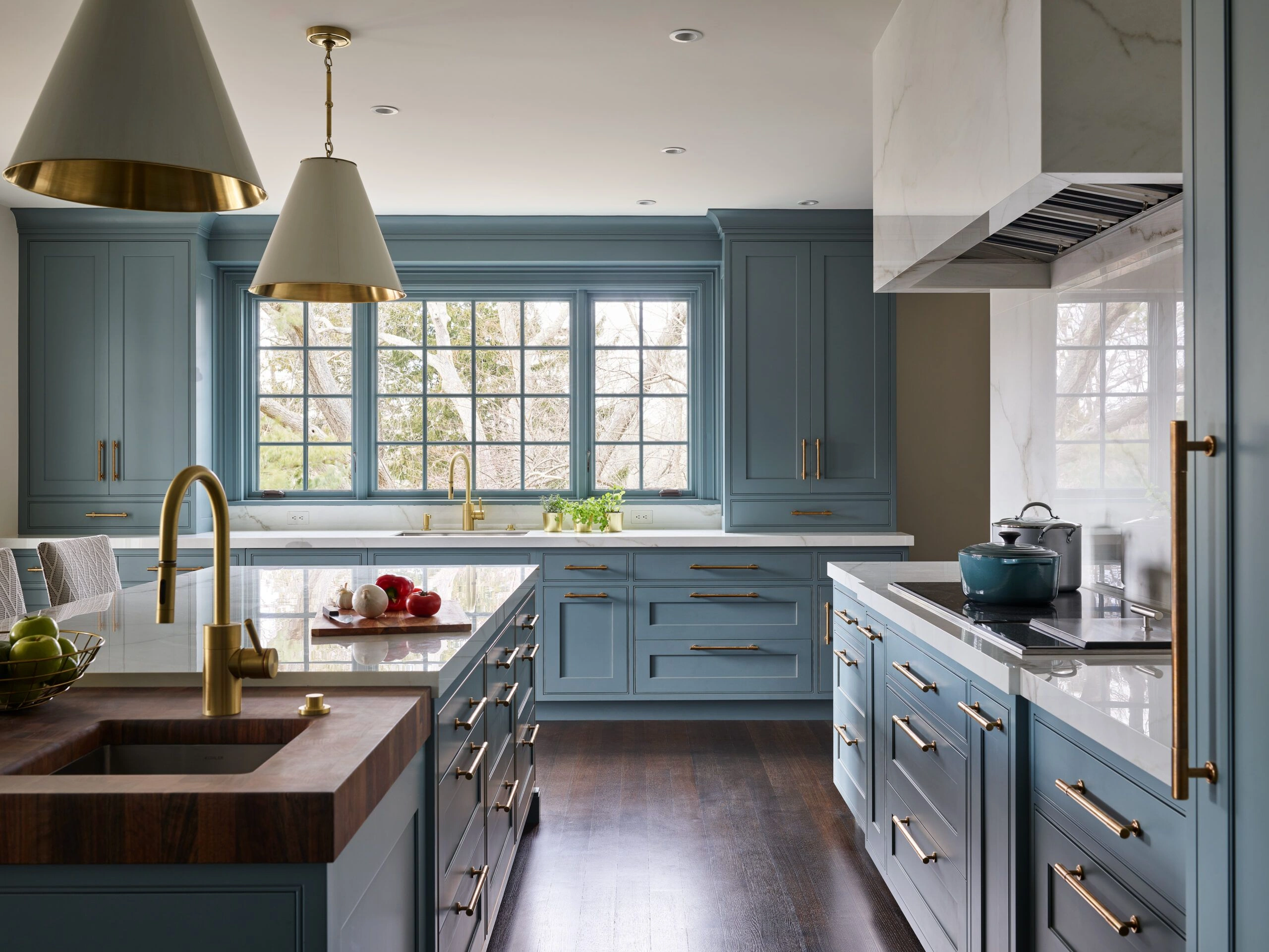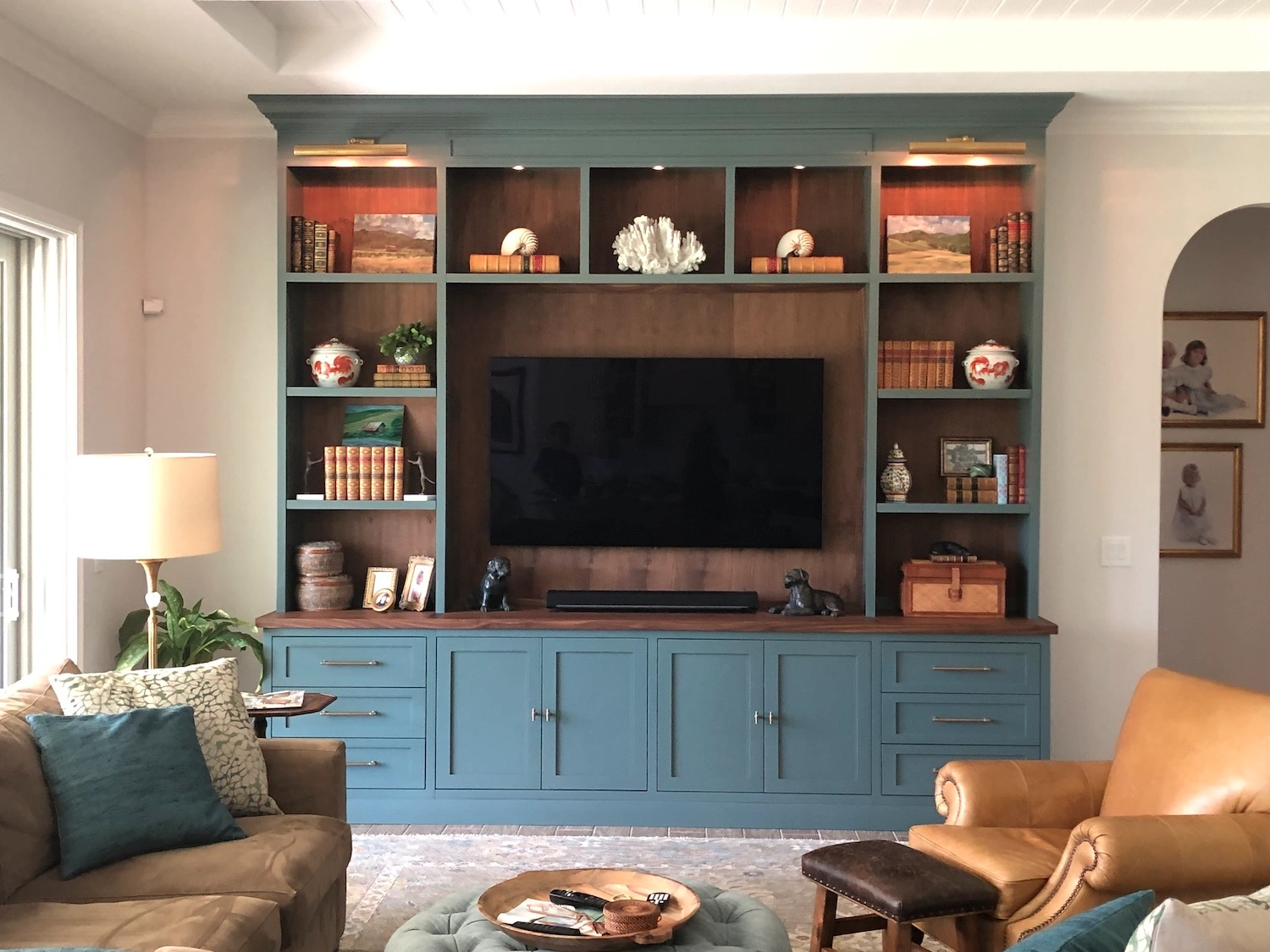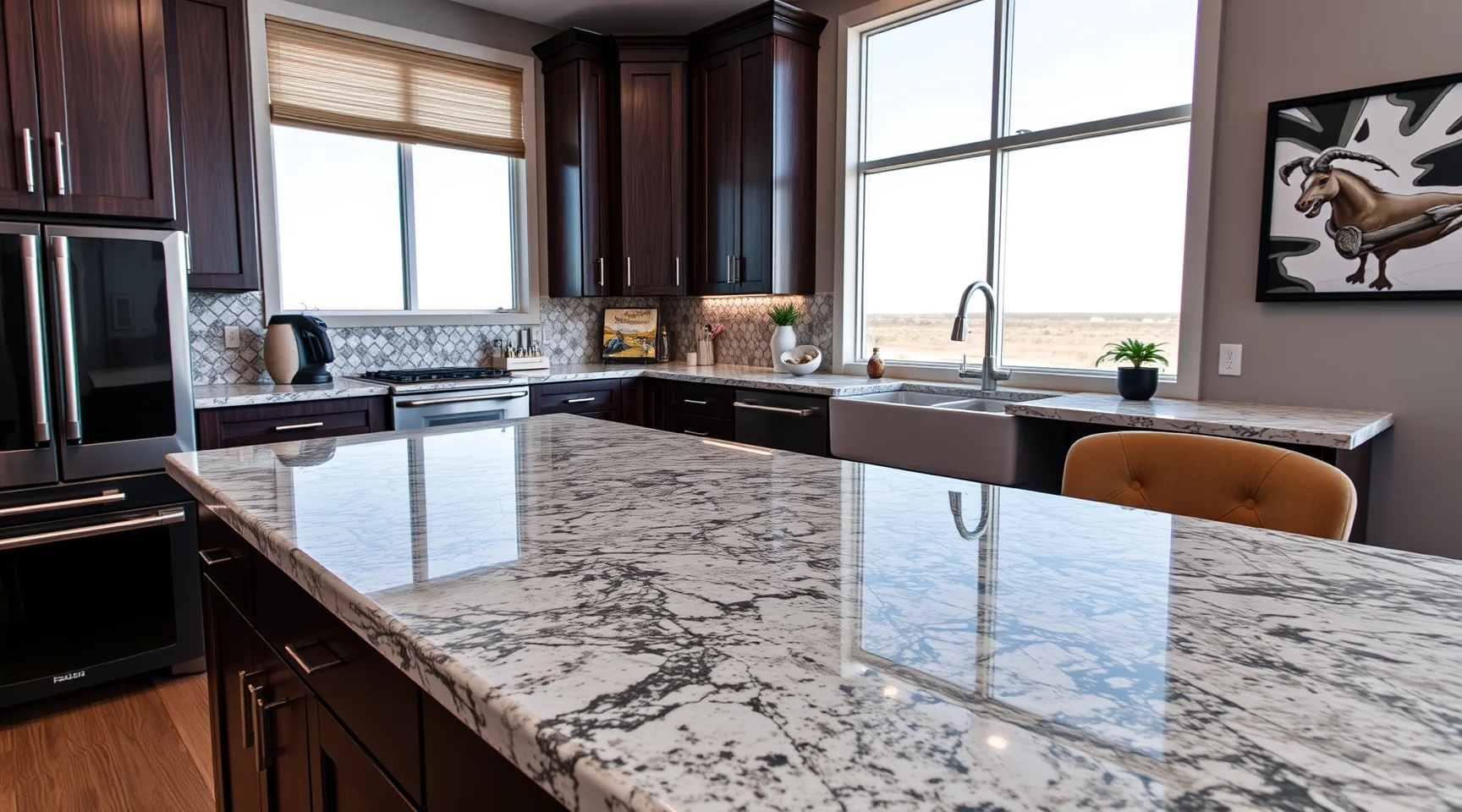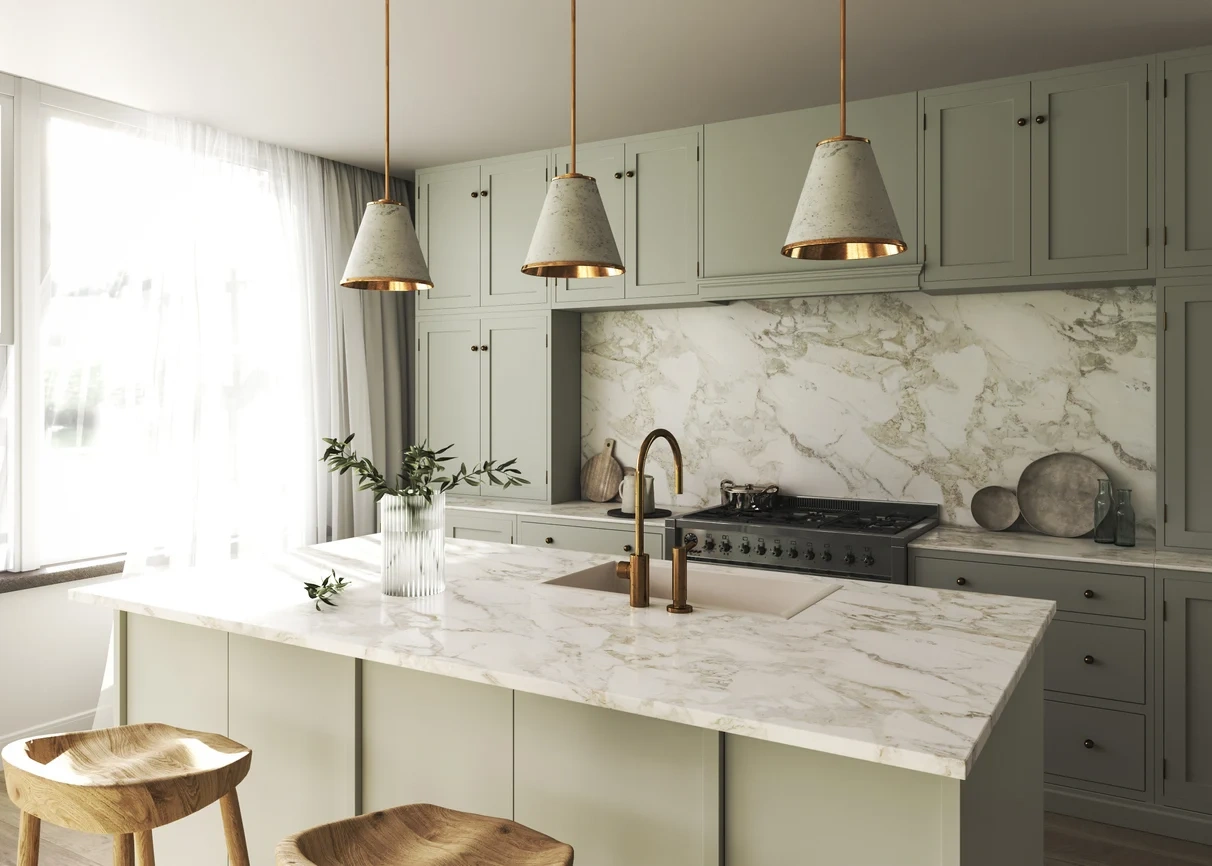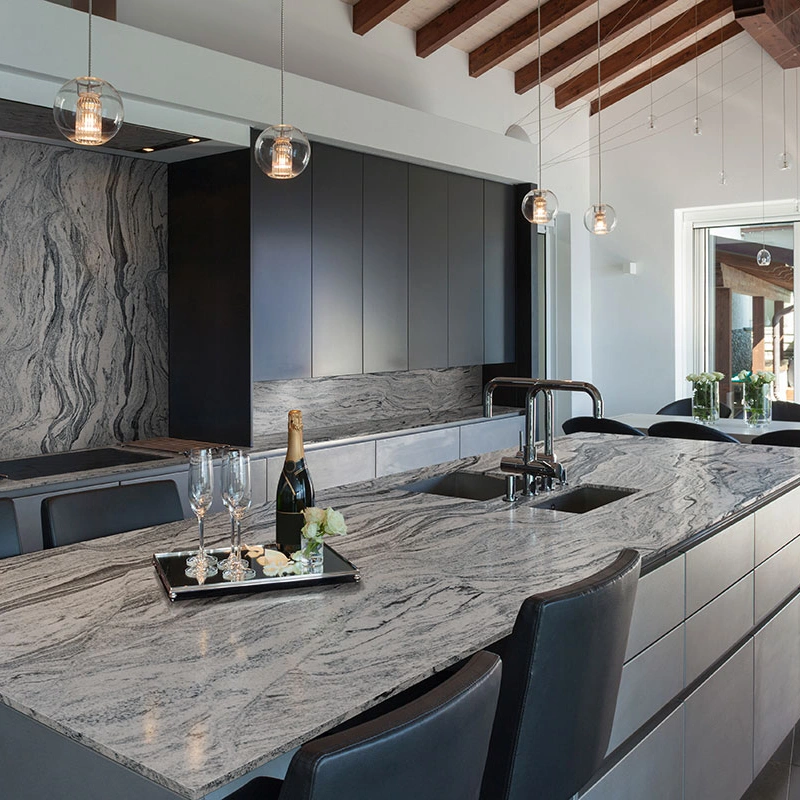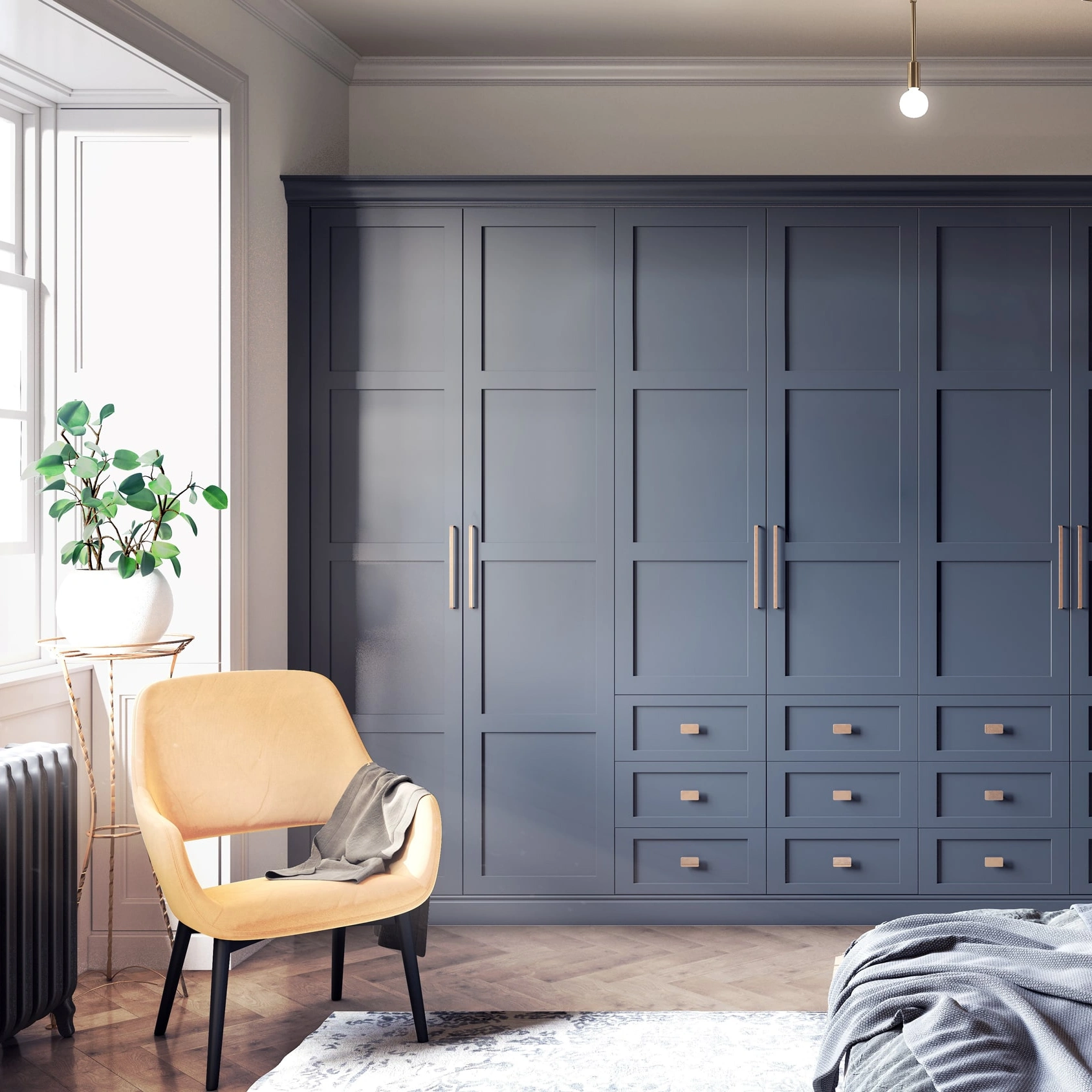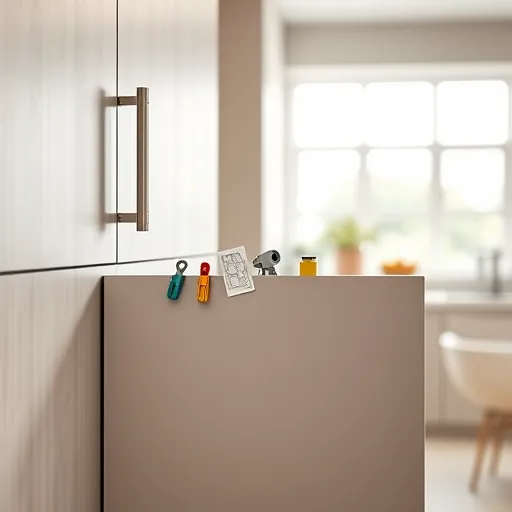
Cabinet Adjustment Methods for Door Alignment | Expert Tips & Guides
What Are the Basic Principles Behind Cabinet Door Alignment?
Properly aligned cabinet doors are essential not only for the aesthetic appeal of your space but also for the durability and functionality of your cabinetry. The core principle behind cabinet adjustment methods for door alignment is ensuring that each door sits level, closes smoothly, and aligns perfectly with adjacent doors or drawers. Over time, hinges and mounting plates can shift, causing misalignment. Understanding these principles helps homeowners and professionals alike perform adjustments with confidence.
Alignment concerns typically involve three axes: vertical (up and down), horizontal (side to side), and depth (front to back). Tuning these axes involves adjusting hinges, screws, or mounting plates. With the right techniques, your cabinet doors can maintain a pristine, functional look for years to come.
Which Tools Are Essential for Performing Cabinet Adjustment Methods for Door Alignment?
Before diving into adjustments, gather the necessary tools for a smooth process:
Screwdriver: Often a Phillips head is needed for hinge screws, but a flat-head screwdriver is also useful for certain models.
Allen wrench (hex key): Many modern hinges require Allen wrenches for fine tuning.
Measuring tape or ruler: For precise adjustments and ensuring uniform gaps.
Level: To confirm horizontal and vertical alignment.
Magnetic or precision screwdriver set: For easier access in tight spaces and delicate adjustments.
How Do You Adjust Cabinet Door Hinges for a Perfect Fit?
Most cabinetry hinges are designed with multiple points of adjustment. These are typically categorized into three types:
Side-to-side adjustment: Moves the door left or right.
Up-and-down adjustment: Ensures vertical alignment.
Front-to-back adjustment: Controls how far the door sits from the cabinet frame.
To perform these adjustments:
Open the cabinet door and locate the adjustment screws, often accessible from inside the hinge or on a mounting plate.
Start with side-to-side adjustment. Turn the screw gently clockwise or counterclockwise to shift the door left or right until it aligns perfectly with adjoining doors.
Use the up-and-down adjustment to level the top or bottom of the door, observing gaps and flushness.
Adjust the front-to-back screw to ensure the door closes flush with the cabinet frame, avoiding gaps or overlaps.
For detailed guidance, consult the manufacturer’s instructions, as hinge designs vary. If your cabinets are custom or high-end, such as those found in custom cabinets, adjustments might require specific techniques tailored to the hardware used.
What Are Common Signs That Your Cabinets Need Adjustment?
Identifying when adjustments are needed can prevent further damage and maintain the beauty of your cabinetry. Here are signs to watch for:
Uneven gaps between doors or drawers.
Doors not closing fully or latch properly.
Visible misalignment at the edges or corners.
Squeaking or sticking hinges when opening or closing.
Uneven or slanted doors that detract from the overall appearance.
Regular inspections can preempt bigger issues. Whether you’re managing your kitchen kitchen cabinets or bathroom vanities, addressing these signs promptly can prolong the lifespan of your cabinetry.
Can You Adjust Cabinet Doors Without Removing Them?
In most cases, yes. Many common cabinet adjustment methods for door alignment involve making adjustments without detaching the doors entirely. Hinges with integrated adjustment screws enable on-the-fly tuning, which can be performed with minimal tools and effort.
However, for significant realignment or hardware replacement, removing the doors might be necessary. This allows for thorough inspection of the hinges and the cabinet frame, ensuring a professional-level correction. For those interested in custom solutions, exploring custom closets and cabinetry upgrades can offer long-term benefits and easier maintenance.
How Do You Adjust Panel Doors or Larger Cabinet Doors?
Panel doors, especially larger or heavier ones, often require more precise adjustments. Here are steps to ensure optimal alignment:
Check the hinges and mounting plates for any wear or damage.
Adjust hinges gradually, moving the door into position while observing the gaps and flushness.
Use a level to confirm horizontal and vertical alignment across multiple doors or panels.
Secure all screws once the desired position is achieved.
In some cases, reinforcing hinges or installing additional brackets may be necessary, especially for heavy cabinet doors. For inspiration and quality options, visit built-in cabinets specialists to see how premium hardware can facilitate better adjustments.
What Are Tips for Maintaining Proper Door Alignment Over Time?
Routine maintenance ensures your cabinet doors continue to look and function well. Consider these practices:
Periodically check and tighten screws on hinges and mounting hardware.
Lubricate hinges with appropriate lubricants to prevent squeaking and ease movement.
Match hardware to your cabinet style for consistent appearance and durability.
Adjust hinges at the first sign of misalignment to prevent additional strain or damage.
Upgrading hardware, such as high-quality hinges and soft-close mechanisms, can make adjustments easier and extend the lifespan of your cabinetry. For a comprehensive approach, explore options like cabinet hardware and accessories designed for longevity and ease of use.
Are There Professional Services for Cabinet Door Adjustment?
If personal adjustments seem daunting or if your cabinets are complex or high-end, hiring a professional may be the best choice. Experienced cabinet installers and handyman services can quickly identify issues and implement precise adjustments. Additionally, professional renovation companies can advise on hardware upgrades or total cabinetry replacement if needed.
For those interested in remodels or custom cabinetry, consulting experts can ensure that custom cabinets are installed perfectly, with minimal fuss later on.
What Are FAQs About Cabinet Adjustment Methods for Door Alignment?
Q: How often should I check the alignment of my cabinet doors?
A: It’s advisable to inspect your cabinet doors every six months, especially if they are heavily used or if you notice any signs of misalignment.
Q: Can I adjust cabinet doors if hinges are damaged or worn?
A: Damaged hinges may need replacement before adjustment. Replacing hardware is usually straightforward and enhances overall cabinet performance.
Q: Is it necessary to hire a professional for door alignment?
A: While many adjustments are simple and DIY-friendly, professionals can ensure perfect alignment, especially for custom or complex cabinetry.
Q: What if I want to upgrade my cabinet hardware for easier future adjustments?
A: Upgrading to high-quality hinges with internal adjustment features or soft-close mechanisms can make future alignments more manageable and improve durability.
Q: Do cabinet adjustment methods vary based on cabinet material?
A: Yes. Wood, MDF, laminate, and other materials may require specific hardware or techniques to avoid damage. Consulting manufacturer guidelines or professionals can provide tailored advice.
Properly maintaining and adjusting your cabinet doors can significantly enhance the lifespan and appearance of your cabinetry. If you’re considering a renovation or custom order, exploring options like granite countertops or quartz countertops can complement your cabinetry and elevate your space.


